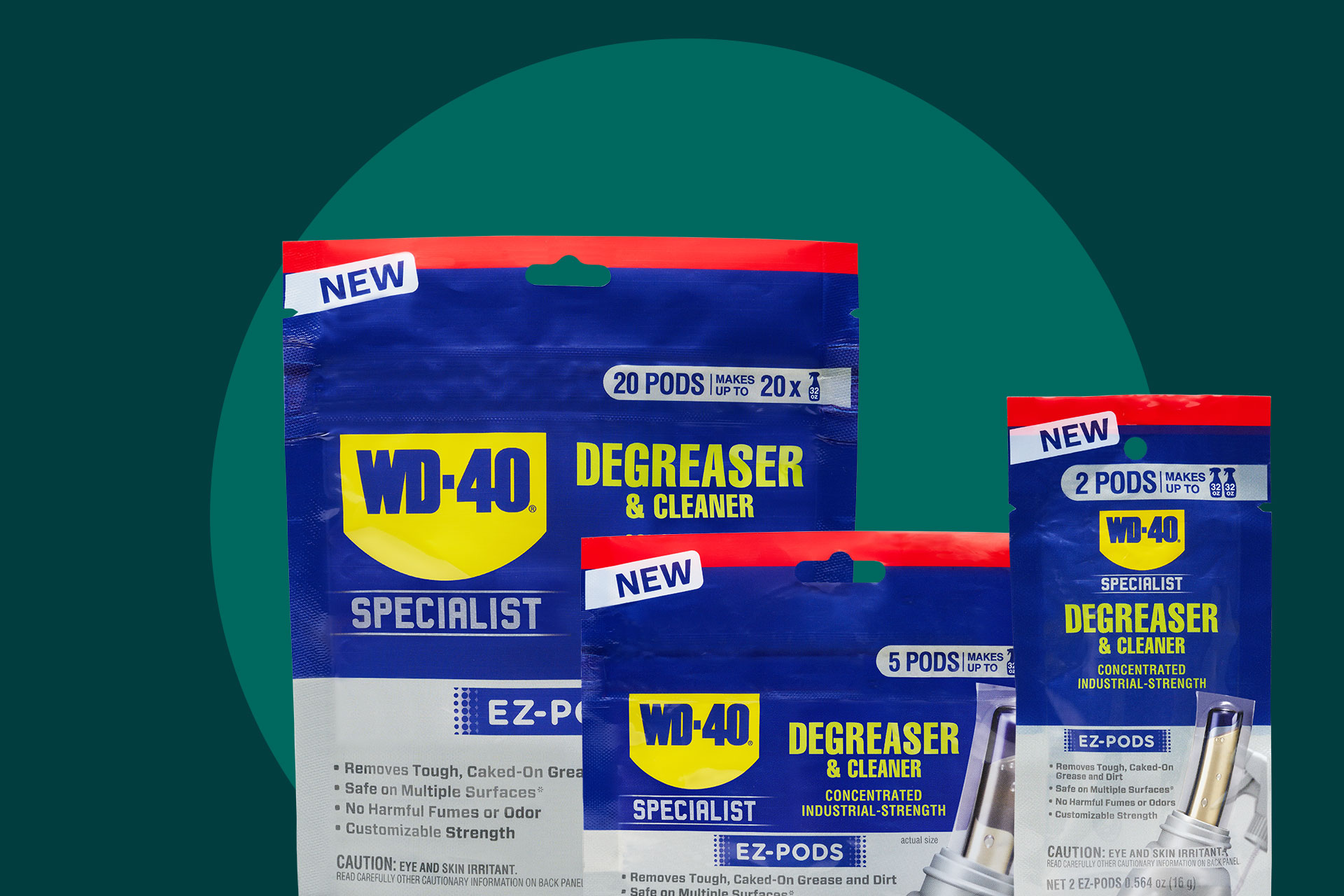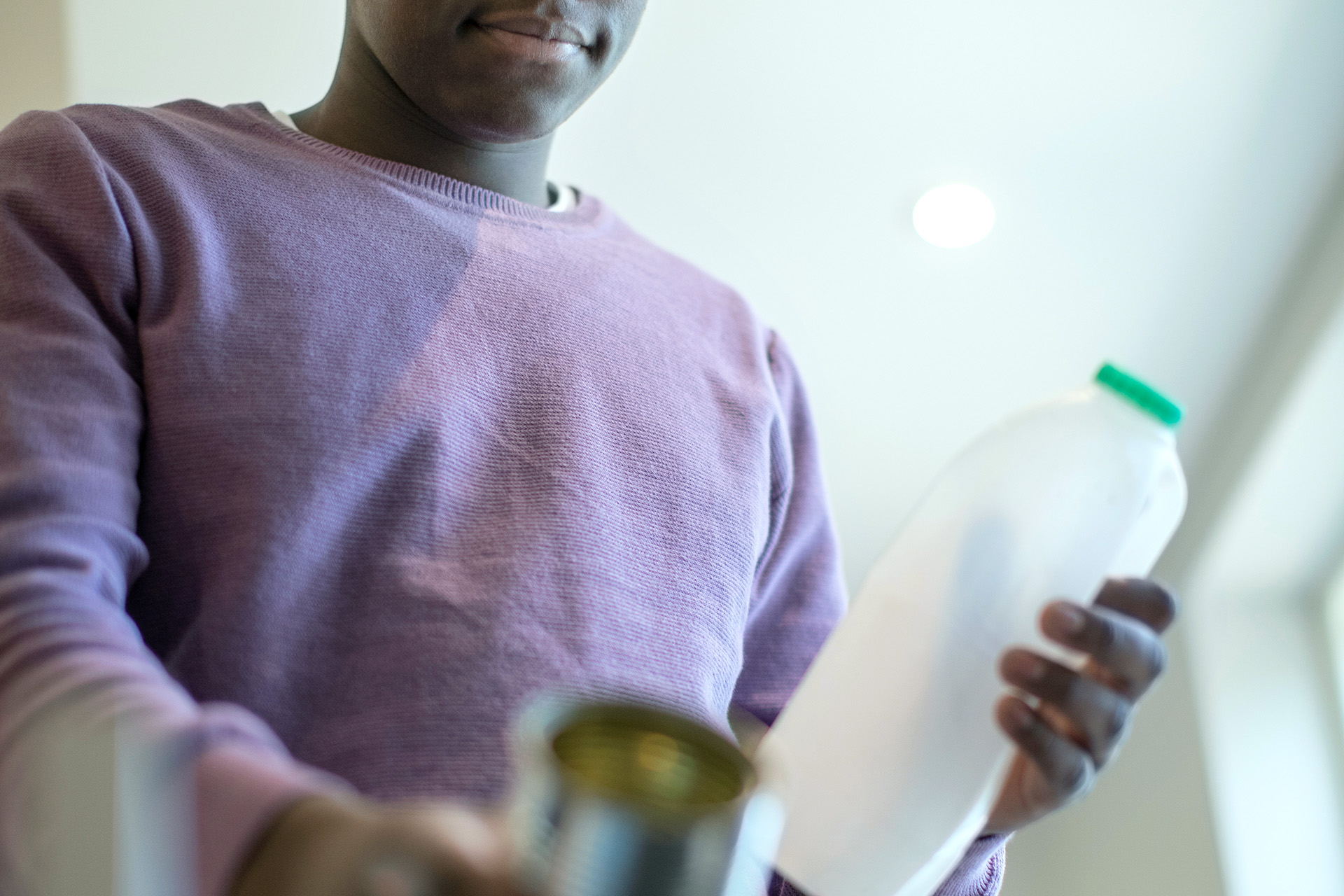“What sustainable options do you offer?” This is a question that I’m hearing more and more often these days, as brands look to meet their sustainability targets – or create new ones. As policy makers and the media expose poor environmental practices, we are helping many brands stay ahead of these challenges and ensure their packaging stays out of the spotlight.
As I have transitioned from a labelstock supplier to a printer, one thing that has stood out to me is the important role of label converters in the value chain. We are the bridge between material suppliers and brand owners. It’s our role to stay ahead of environmental policies and provide solutions that meet brands’ needs now, while preparing them for future changes. When it comes to sustainability, there are a lot of options out there that are viable but also cost prohibitive to many customers. Every package is different, and brands focus on different aspects of their package to drive their sustainability goals. When it comes to labels, here are a few steps that you can take to increase the sustainability of your package.
1. Enable recycling
Labels, inks, and adhesives are all sources of contamination, particularly in PET bottle recycling. Ensuring your package is designed with recycling in mind should be the first step in meeting your sustainability targets.
Utilizing materials that separate from PET bottle flake during the recycling process has been a high priority in our industry, yet many brands still use label materials that are detrimental to the recycling process. Pressure Sensitive and Shrink sleeve materials are readily available to solve this challenge and are both economical and easy to implement in existing application lines.
Other packaging materials undergo different recycling processes, but label materials are available that enable the recycling of almost any material.
2. Use recycled content
Adding recycled content in your packaging can help reduce the environmental impact of your brand. Although the label is a small portion of the overall weight of the package, recycled content labels can bring you one step closer to achieving your targets.
These solutions can include paper labels with up to 100% post-consumer waste, or polypropylene (PP), polyethylene (PE), and polyester (PET) film label materials with up to 100% post-consumer recycled content. Most of these solutions are “drop-ins” that should have no adverse effects on application or printing performance. As a first step, moving to PET liners with recycled content is an easy way to reduce your environmental impact without a lot of effort.
3. Recycle spent liner
Spent liner, the by-product of pressure-sensitive label application, is a significant waste stream in our industry. That said, the availability of recycling streams for spent paper and PET liner have been increasing. Our industry is rallying to provide better access to these programs and ensure a circular approach to liner recycling.
Some care is needed to ensure the liner waste is free from any contaminants and must be packed densely for economical transport. We are actively working to create circular solutions that take liner waste, and convert it back into new liner or even shrink sleeves. Creating solutions like these is not easy, but collecting and diverting waste from landfill is a step in the right direction.
4. Reduce
Most automatic label application equipment can handle small tolerances in both facestock and liner. Reducing the overall thickness is an easy way to reduce plastic consumption. Some care should be taken when reducing the facestock thickness, as stiffness can impact the dispensing characteristics. Because liners are only used to carry a label to the peel plate, it’s much easier to reduce liner thickness instead. Most label applicators already running pressure sensitive labels can downgauge without major changes to their equipment. Reducing thickness in either case will lead to more labels per roll, increasing operational efficiencies and decreasing your impact on the environment.
5. Use sustainably sourced raw materials
FSC-certified papers are now commonly used in paper labelstocks and liners. Many companies now offer FSC-certified materials at no extra charge. FSC–certification does not impact the characteristics of paper, so you can use these materials with confidence, knowing you are sourcing from responsibly managed forests. Bio-based raw materials for films are also becoming popular and increased capacity of these materials are making them a viable choice for your brand. Although they may come at a price premium, the overall benefit in reducing your reliance on fossil fuels is worth the investment in our future.
In conclusion, there are many ways to achieve a more sustainable package. Labels play a small but critical part in ensuring sustainable package design. For most brands, changing the label is not a monumental task, but a great step forward for their brand and the environment. The suggestions above are just a few easy ways to achieve greater sustainability. We believe your labels can make a strong impression and make a difference. Wherever you are in your journey, we’ll help you pick the solution that’s the best fit now, and provide the partnership needed to advance your sustainability goals over time.


